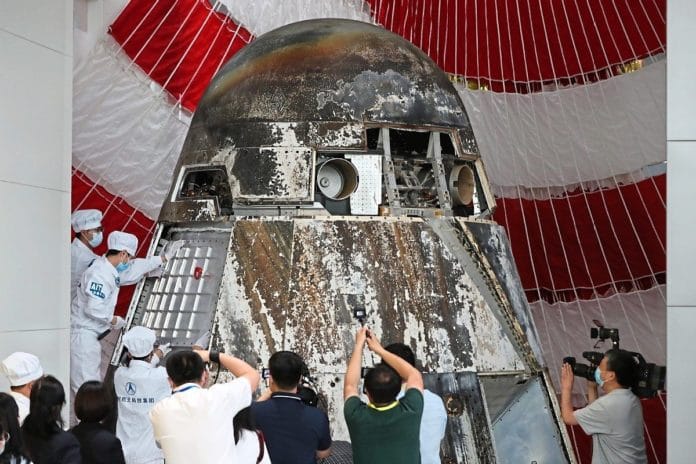11 items, including barley, forage grass, rose Rhodiola, lemon, and graphene, were carried into space on a manned spacecraft. The items were taken to space to ascertain whether they would mutate in an environment of cosmic radiation, charged particles, and zero gravity.
Those items have returned from the space on a China’s new-generation manned spacecraft last month (in early May) and are now available for testing in labs, China Tibet Online reported.
Wang Junjie, a researcher at the National Astronomical Observatory of China, said, “This is to study whether species unique to Tibet will embrace variations in outer space. This will help boost livelihoods in the region, as well as its economy and technology.”
“An increase in barley yields is expected to benefit thousands of farmers in Tibet.”
“If ornamental plants such as the rose Rhodiola happen to mutate in the spacecraft, there will be an improvement in both its ornamental and pragmatic value.”
